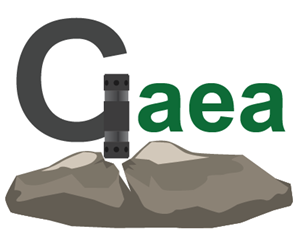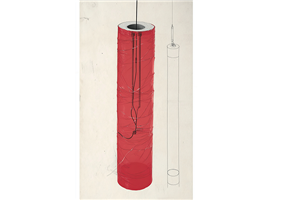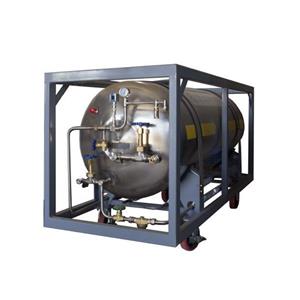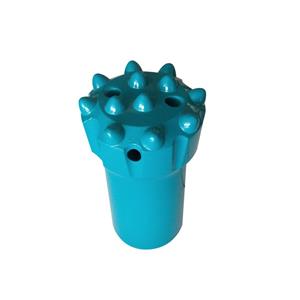5 common drilling methods for drilling water wells
Related products Link:
Cementing: It is to run a casing string of a certain size into the well and inject cement slurry around it to fix the casing on the well wall to avoid the well wall from collapsing. Its purpose is: to isolate complex formations such as loose, easy to collapse, and easy to leak; to isolate oil, gas, and water layers to prevent mutual leakage; to install wellheads and control oil and gas flow to facilitate drilling or production of oil and gas.
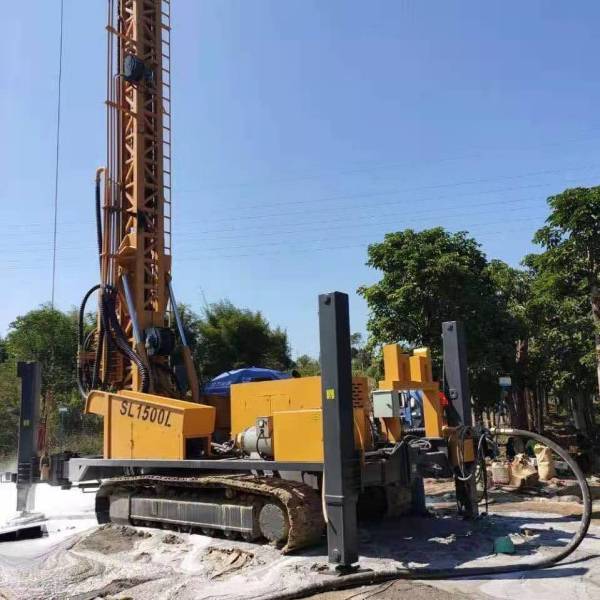
Liner cementing is a cementing method in which casing is injected into the newly drilled open-hole section in the upper part of the well. There are three ways to fix the liner: the liner is seated at the bottom of the well; the cement ring suspension method; the liner hanger suspension method.
Jet well drilling: Jet well drilling is a method of drilling water wells that uses the hydraulic action of the high-speed jet generated when the well fluid passes through the jet bit nozzle to increase the speed of mechanical drilling.
Balanced pressure drilling: In the process of drilling a water well, a method of drilling a water well that always protects the well bore pressure equal to the formation pressure is called balanced pressure drilling.
①Hydraulic power head drilling rig. It is driven by a hydraulic motor through a reducer, and a power head that moves up and down along the tower replaces the turntable and faucet on the turntable rig to drive the drill rod and bit to rotate and cut the rock formation. Large diameter water wells can be drilled.
②DTH vibrating rotary drilling rig. Drilling into the rock formation by a combination of vibration and rotary motion. The drilling tool is composed of a drill bit, a vibrator, a vibration absorber and a guide tube. The vibrating force generated by the vibrator makes the whole drilling tool make a cone pendulum movement to break the rock formation. The compressed air reverse circulation method is used to wash the well, so that the cuttings are discharged out of the well through the pipe and the inner cavity of the drill pipe. The drilling depth can reach 150 meters.
③Pneumatic flushing rotary table drilling rig. On the rotary drilling rig, the air compressor is used to replace the mud pump, and the compressed air is used to replace the mud to wash the well. The reverse circulation method is usually used, also known as gas lift reverse circulation. It is suitable for arid areas with large well depths and water shortage and permafrost in cold zones.
④ Pot cone. Use its pot cone drill tool to rotate and cut the soil layer. The big pot cone and the small pot cone are called according to the size of the drilling tool, which can be driven by manpower or power. The cut soil debris falls into the pot and is lifted to the ground to be discharged. The structure is simple, the effect is low, and it is suitable for general soil layer or sand and gravel soil layer. The drilling depth of the small pot cone is 80-100 meters, and the large pot cone is 30-40 meters.
⑤ Rotary drilling rig with circulating mud washing well. It is composed of tower, hoist, turntable, drilling tool, mud pump, faucet and electric motor. During operation, the power machine drives the turntable through the transmission device, and the active drill rod drives the drill bit to rotate and break the rock formation. There are positive and negative circulation methods. When the positive circulation drilling rig is working, the bottom hole cuttings are taken out of the wellhead through the annular channel outside the drill pipe. After the sedimentation tank settles, the mud flows back to the mud tank for recycling. When the reverse circulation drilling rig is working, the mud flows into the bottom of the well from the well head after it settles in the sedimentation tank, and the mud carrying cuttings is sucked out of the well through the drill pipe cavity by the sand pump through the drill nozzle, and sinks back to the sedimentation tank. The drilling rig forms a high rising velocity in the drill pipe, has a strong ability to discharge cuttings and pebbles, and has a fast drilling speed. It is suitable for loose formations where the diameter of the soil, sand and pebbles is smaller than the inner diameter of the drill pipe. The drilling depth is generally within 150 meters.
